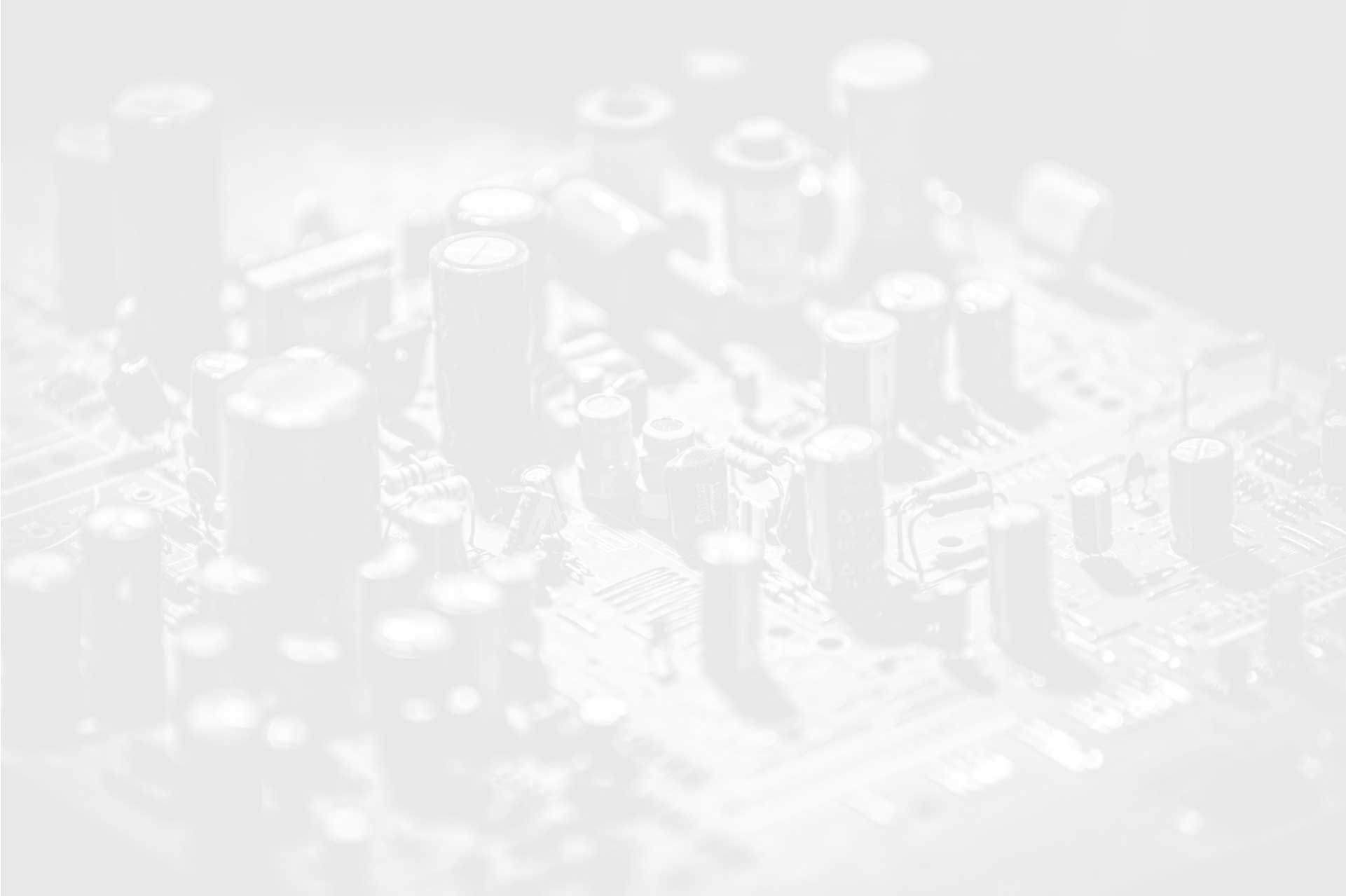
Products & Services Page
Wide Bandgap Semiconductors
WBG semiconductors such as Silicon Carbide (SiC) and Gallium Nitride (GaN) are the next generation power semiconductor materials. WBGS offer a multitude of advantages over conventional silicon devices, some of which are:
- Elimination of losses that occur during power conversion of up to 90%
- Ability to operate at higher maximum temperature compared to Si based devices
- Higher switching frequencies of nearly 10 times that of Si based devices
- Reduced lifecycle energy use
Benefits of WBG Semiconductors
WBGS materials permit power electronic components to be smaller, faster, more reliable and with better efficiency than their silicon-based counterparts. These inherent capabilities make it viable to reduce weight, volume, and life-cycle costs in a wide range of power applications.
Both SiC and GaN are WBGS and both have distinctive advantages over Si. However, SiC due to the ease of manufacturing larger and more uniform wafers of SiC is finding more adoption in the short term for making power devices. While SiC is preferable in larger power products, GaN finds suitability for making small, high frequency products and is likely to find more adoption in the longer term.
Primary reasons for the delayed adoption of GaN include cost, yield, and reliability concerns. GaN’s higher electron mobility permits higher switching speeds, but its lower thermal conductivity limits its power density potential.
Currently SiC devices are commonly used at around 650 V through 1.2 kV and higher, while GaN is limited to around 650 V.
SiC are thus suitable to address IGBT market at high powers and voltages, while GaN targets the lower-power but higher-volume and cost-sensitive markets of Si MOSFETs.
Furthermore, the well-established supply chain for SiC adds to giving it a compelling edge over GaN for power devices.